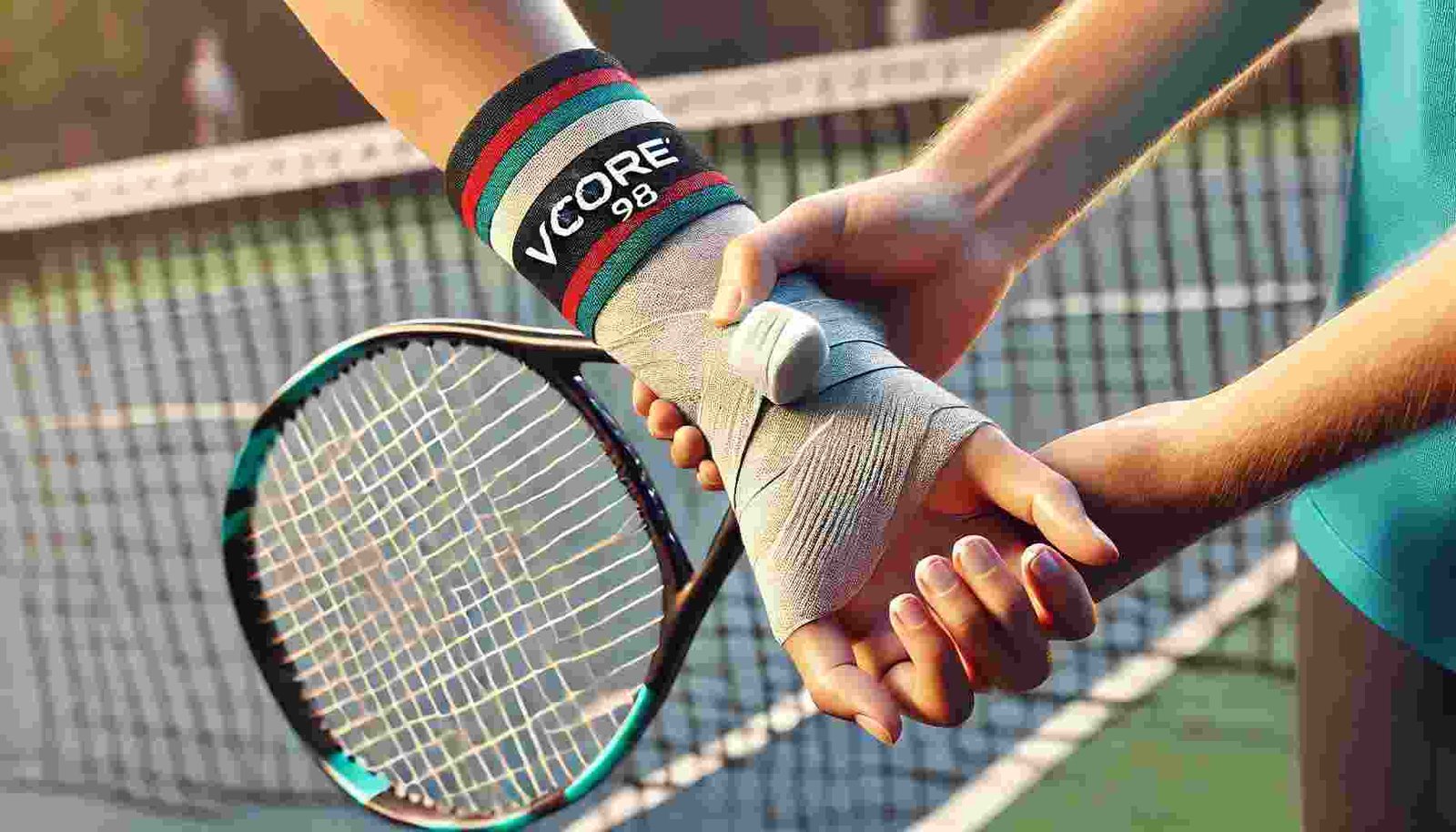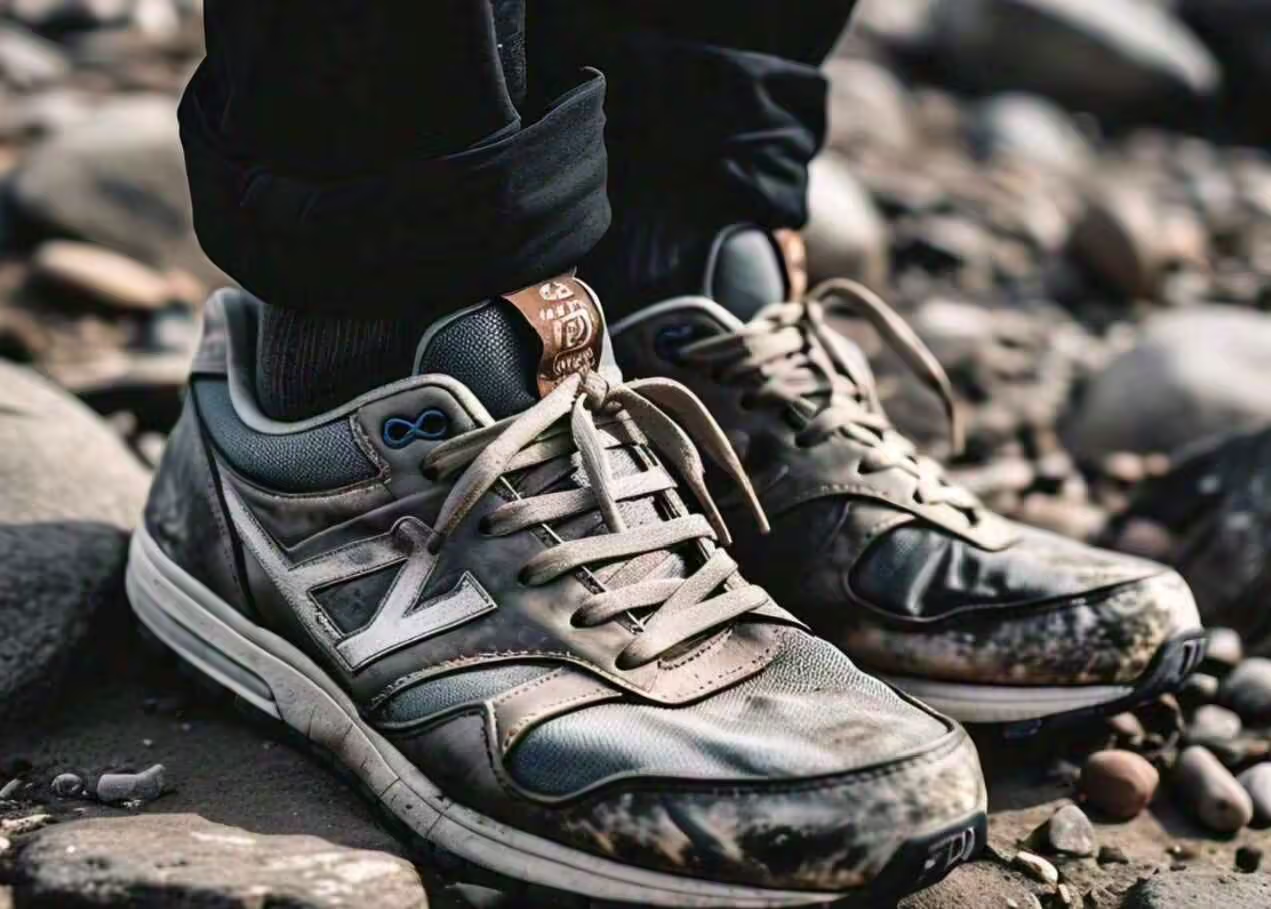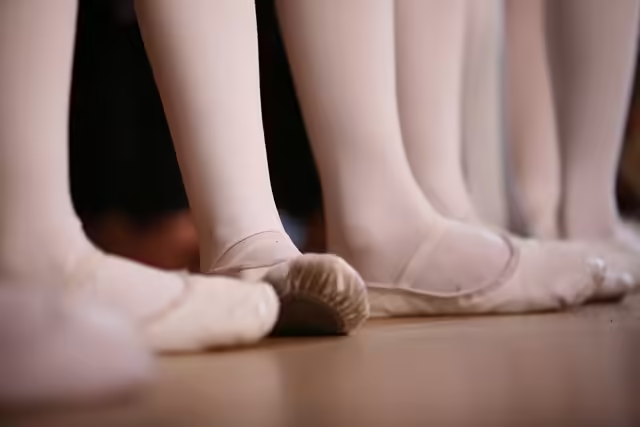VCore 98 Wrist Pain: A Personal Journey Through Struggle and Recovery

This is my story of how i got VCore 98 wrist pain and the long road to recovery.The VCore 98 is a tennis racquet that many players swear by, but for me, it became a source of intense frustration and pain. As someone who has always loved the game of tennis, finding the perfect racquet was like searching for the Holy Grail. When I first heard about the VCore 98, I was intrigued by its promise of power, control, and precision. However, what I didn’t expect was the excruciating wrist pain that followed.
My Excitement for the VCore 98
When I first came across the VCore 98, I was excited about its potential to elevate my game. I had been using an older model that lacked the control and spin I wanted, and the VCore 98 seemed to be the answer to all my prayers. The racquet’s specs promised a combination of power and spin that would make my shots more effective on the court. I remember the day I finally decided to make the purchase; it felt like a significant investment in my tennis future.
The First Few Weeks of Using the VCore 98
The first few weeks with the VCore 98 were exhilarating. I felt like I had found the perfect tool to help me dominate on the court. The racquet felt comfortable in my hand, and my shots had more spin and power than ever before. I was winning more matches and felt like my game was improving rapidly. But as time went on, I started to notice something troubling.
The Onset of Wrist Pain
It started as a dull ache in my wrist after particularly intense matches. At first, I brushed it off, thinking it was just the result of overuse or perhaps my body getting used to the new racquet. However, the pain didn’t go away; in fact, it started to get worse. Every time I played, the ache in my wrist would intensify, and soon it became a sharp, stabbing pain that was impossible to ignore.
Struggling with VCore 98 Wrist Pain
The wrist pain caused by the VCore 98 was relentless. It began to interfere with my daily life, making it difficult to do even simple tasks like typing or lifting objects. The pain was a constant reminder that something was wrong, and it was becoming clear that my beloved VCore 98 was the culprit. But I was in denial. How could a racquet that felt so perfect cause so much pain?
Ignoring the Signs
For a while, I tried to ignore the signs. I continued to play through the pain, convincing myself that it would go away on its own. I didn’t want to admit that the racquet I had invested so much hope in was causing me harm. But as the pain worsened, it became impossible to ignore. My wrist was throbbing after every match, and the pain would linger for days. I knew I had to do something, but I wasn’t ready to give up on the VCore 98 just yet.
The Breaking Point
The breaking point came during a particularly competitive match. I remember the exact moment—midway through a long rally, I hit a forehand, and the pain in my wrist exploded. It was like nothing I had ever felt before. I dropped my racquet and clutched my wrist, unable to continue. That was the moment I realized that I couldn’t keep ignoring the problem. The VCore 98 wrist pain had reached a point where I could no longer play the sport I loved without severe discomfort.
The Search for Solutions
Admitting that the VCore 98 was causing my wrist pain was hard, but finding a solution was even harder. I was determined to find a way to continue using the racquet without the pain, but every attempt seemed to lead to a dead end.
Adjusting My Grip
The first thing I tried was adjusting my grip. I thought maybe I was holding the racquet too tightly, or perhaps my grip size was wrong. I experimented with different grips and even bought a new overgrip that was supposed to reduce vibration. But no matter what I tried, the pain persisted. It was clear that the issue was more complicated than just a simple grip adjustment.
Changing My Playing Style
Next, I attempted to change my playing style. I focused on hitting the ball with less force and tried to use more spin instead of power. While this helped to some extent, it wasn’t a perfect solution. The pain was still there, lurking beneath the surface, and it flared up whenever I tried to play more aggressively. It was frustrating to feel so limited in my game, and I started to lose confidence on the court.
Seeking Professional Help
After months of struggling with VCore 98 wrist pain, I finally decided to seek professional help. I visited a sports physiotherapist who specialized in tennis injuries. They confirmed that the racquet was likely contributing to my wrist pain, and they recommended a series of exercises and stretches to help alleviate the discomfort. They also suggested that I take a break from using the VCore 98 to give my wrist a chance to heal.
The Pain of Letting Go
The decision to stop using the VCore 98 was heartbreaking. I had invested so much time, money, and hope into this racquet, and letting it go felt like admitting defeat. But my wrist pain had reached a point where I had no other choice. I packed away the VCore 98 and started using an older, more flexible racquet that didn’t aggravate my wrist as much.
The Healing Process
The healing process was slow and frustrating. I had to take several weeks off from tennis to allow my wrist to recover. During this time, I focused on the exercises and stretches prescribed by my physiotherapist. It was tough to stay away from the game I loved, but I knew it was necessary if I wanted to get back to playing without pain.
Returning to the Court
When I finally returned to the court, I was nervous. I didn’t know if my wrist would hold up or if the pain would come back. But to my relief, the older racquet was much kinder to my wrist. I was able to play without pain for the first time in months. It was a bittersweet victory; I was happy to be playing again, but I couldn’t help but feel disappointed that the VCore 98 had caused so much trouble.
Lessons Learned from VCore 98 Wrist Pain
The experience of dealing with VCore 98 wrist pain taught me several valuable lessons. It was a painful journey, both physically and emotionally, but it ultimately made me a smarter and more cautious player.
The Importance of Listening to Your Body
One of the biggest lessons I learned was the importance of listening to my body. I had ignored the warning signs for too long, hoping that the pain would go away on its own. But pain is the body’s way of telling us that something is wrong, and it’s crucial to address it before it leads to more serious problems.
Finding the Right Equipment
Another important lesson was the importance of finding the right equipment. Just because a racquet is popular or highly rated doesn’t mean it’s the right fit for everyone. The VCore 98 might be perfect for some players, but for me, it was a disaster. I learned the hard way that it’s essential to find equipment that suits your individual needs and playing style.
Seeking Professional Help Early
I also learned the value of seeking professional help early. If I had visited a physiotherapist when the pain first started, I might have been able to avoid months of discomfort and frustration. Professional advice can be invaluable when dealing with injuries, and it’s always better to address the issue sooner rather than later.
Moving Forward After VCore 98 Wrist Pain
Moving forward from the VCore 98 wrist pain experience wasn’t easy, but it was necessary. I had to let go of the disappointment and focus on finding a racquet that wouldn’t cause me harm.
Exploring Other Racquet Options
After my wrist healed, I began the search for a new racquet. This time, I was much more cautious. I researched different models extensively and tested several racquets before making a decision. I ultimately settled on a more flexible racquet that provided a good balance of power and control without causing wrist pain.
Rebuilding My Confidence
Rebuilding my confidence on the court was another challenge. The experience with the VCore 98 had shaken my belief in my ability to make good equipment choices. But with time and practice, I began to regain my confidence. I learned to trust my instincts and listen to my body, which helped me avoid further injuries.
Sharing My Story
One of the most rewarding parts of my journey was sharing my story with others. I found that many tennis players had experienced similar issues with wrist pain, whether from the VCore 98 or other racquets. By sharing my experience, I was able to offer advice and support to others who were going through the same thing. It felt good to turn a painful experience into something positive.
Final Thoughts on VCore 98 Wrist Pain
The VCore 98 wrist pain experience was one of the most challenging periods of my tennis journey. It was a painful and frustrating ordeal that tested my love for the game. But it also taught me valuable lessons about the importance of listening to my body, finding the right equipment, and seeking professional help when needed.
Is the VCore 98 Right for You?
If you’re considering the VCore 98, my advice is to proceed with caution. It’s a powerful racquet that can elevate your game, but it’s not suitable for everyone. Pay attention to how your body responds, and don’t ignore any signs of discomfort. If you start to experience wrist pain, take it seriously and consider whether the VCore 98 is the right racquet for you. Remember, no racquet is worth risking your health and well-being over. If you’re struggling with wrist pain, it might be time to explore other options that are better suited to your body and playing style.
Finding the Right Balance
The VCore 98 taught me the importance of finding the right balance between performance and comfort. While it’s tempting to focus solely on the technical benefits a racquet can offer, it’s equally important to consider how it affects your body. A racquet that helps you hit harder or spin the ball more effectively isn’t worth much if it leaves you sidelined with an injury. Finding a racquet that offers a balance of power, control, and comfort is key to maintaining both your performance and your health on the court.
Embracing Adaptability
One of the most important lessons I learned from my experience with the VCore 98 wrist pain was the need to be adaptable. When I first realized that the racquet was causing me pain, I resisted the idea of switching to a different one. I was attached to the idea of using the VCore 98 and didn’t want to admit that it wasn’t the right fit for me. However, as the pain worsened, I had no choice but to adapt.
This experience taught me that being adaptable is crucial in tennis and in life. Sometimes, the things we think are perfect for us turn out to be harmful, and it’s important to be willing to make changes when necessary. Whether it’s switching racquets, altering your playing style, or seeking professional help, being open to change can help you overcome challenges and continue to grow as a player.
Supporting Others in Their Journey
Having gone through the ordeal of VCore 98 wrist pain, I’ve made it a point to support others who might be dealing with similar issues. I’ve shared my experience with fellow tennis players, both online and in person, offering advice on how to recognize early signs of injury and the importance of choosing the right equipment. It’s rewarding to know that my story can help others avoid the same pain and frustration I went through.
If you’re experiencing wrist pain with the VCore 98 or any other racquet, know that you’re not alone. There are countless players out there who have faced similar challenges, and many have found ways to overcome them. Don’t be afraid to reach out for advice or to share your own experiences. The tennis community is full of knowledgeable and supportive people who can help guide you through your journey.
Looking Back with Gratitude
As I reflect on my journey with the VCore 98 wrist pain, I realize that, despite the challenges, I’ve come out stronger on the other side. The pain and frustration were difficult to endure, but they ultimately led me to a deeper understanding of my body and my game. I’ve become more attuned to the importance of equipment, more aware of my physical limits, and more committed to maintaining my health as a player.
I’m grateful for the lessons I’ve learned, even though they came at a cost. The experience taught me to be patient, to listen to my body, and to be proactive in addressing problems before they escalate. While I wouldn’t wish the experience on anyone, I can now see the value in what it taught me.
Moving Forward with Confidence
Today, I’m playing tennis with more confidence than ever before. I’ve found a racquet that suits my style and doesn’t cause wrist pain, and I’m enjoying the game again. The journey through VCore 98 wrist pain was challenging, but it ultimately made me a better player and a more informed consumer.
If there’s one piece of advice I’d give to anyone dealing with VCore 98 wrist pain, it’s this: don’t ignore the pain. Your body is trying to tell you something, and it’s important to listen. Whether that means switching racquets, adjusting your playing style, or seeking professional help, taking action early can save you from long-term damage and ensure that you can continue to enjoy the game you love.
Conclusion: The End of the VCore 98 Chapter
My experience with the VCore 98 wrist pain was a difficult chapter in my tennis journey, but it’s one that I’m glad to have closed. I’ve moved on to equipment that better suits my needs, and I’m playing without pain again. While the VCore 98 didn’t work out for me, I know that it’s a great racquet for many players. The key is finding what works best for you and being willing to make changes when necessary.
If you’re struggling with wrist pain from the VCore 98, know that there are solutions out there. It might take some trial and error, but with patience and persistence, you can find a setup that allows you to play your best without pain. Don’t be afraid to seek help, try new things, and listen to your body. Tennis is a lifelong sport, and taking care of your health is the best way to ensure that you can enjoy it for years to come.
FAQ: VCore 98 Wrist Pain
Q1: What is VCore 98 wrist pain, and why does it happen?
A1: VCore 98 wrist pain refers to the discomfort or injury that some players experience while using the VCore 98 tennis racquet. This wrist pain can occur due to the racquet’s stiffness, weight, or the way it interacts with your playing style, leading to strain on the wrist. If you’re experiencing VCore 98 wrist pain, it’s essential to consider whether the racquet is the right fit for you.
Q2: How can I prevent VCore 98 wrist pain while using the racquet?
A2: To prevent VCore 98 wrist pain, you can try adjusting your grip size, altering your playing technique, and ensuring that you warm up properly before playing. It’s also important to listen to your body and take breaks if you start to feel any discomfort. Using a more flexible string setup and avoiding overuse are also key to reducing the risk of VCore 98 wrist pain.
Q3: Can changing the strings or tension help reduce VCore 98 wrist pain?
A3: Yes, changing the strings or adjusting the tension can help reduce VCore 98 wrist pain. A softer string with lower tension can absorb more shock, reducing the strain on your wrist. This can make a significant difference in minimizing VCore 98 wrist pain, especially if the pain is due to the racquet’s stiffness.
Q4: Should I stop using the VCore 98 if I experience wrist pain?
A4: If you’re experiencing persistent VCore 98 wrist pain, it might be wise to stop using the racquet temporarily and consult a professional. Continuing to play with wrist pain can lead to more serious injuries. Consider trying a different racquet that is less demanding on your wrist or seeking advice from a sports physiotherapist to address VCore 98 wrist pain.
Q5: Are there any exercises that can help alleviate VCore 98 wrist pain?
A5: Yes, there are specific exercises and stretches that can help alleviate VCore 98 wrist pain. Wrist strengthening exercises, such as wrist curls and extensions, along with stretches to increase flexibility, can help reduce discomfort. Performing these exercises regularly can help mitigate the effects of VCore 98 wrist pain and prevent it from worsening.
Q6: Can switching to a different racquet completely eliminate VCore 98 wrist pain?
A6: Switching to a different racquet can significantly reduce or even eliminate VCore 98 wrist pain, especially if the pain is caused by the racquet’s stiffness or weight. A racquet with more flexibility or a lighter frame may be more suited to your playing style and reduce the strain on your wrist, helping you avoid VCore 98 wrist pain.
Q7: How long does it take to recover from VCore 98 wrist pain?
A7: Recovery time from VCore 98 wrist pain varies depending on the severity of the pain and how quickly you address it. Mild VCore 98 wrist pain might resolve within a few days of rest and proper care, while more severe cases could take weeks or even months to fully heal. It’s crucial to rest, follow a treatment plan, and avoid activities that exacerbate the VCore 98 wrist pain during recovery.
Q8: Is VCore 98 wrist pain common among tennis players?
A8: VCore 98 wrist pain is a concern for some tennis players, particularly those who may not be accustomed to the racquet’s specific characteristics. While not everyone experiences VCore 98 wrist pain, it can be a common issue for players who are sensitive to the racquet’s stiffness or weight. It’s important to choose equipment that suits your body and playing style to minimize the risk of VCore 98 wrist pain.
Read Previous Article: Kill Tooth Pain Nerve in 3 Seconds Permanently






One Comment